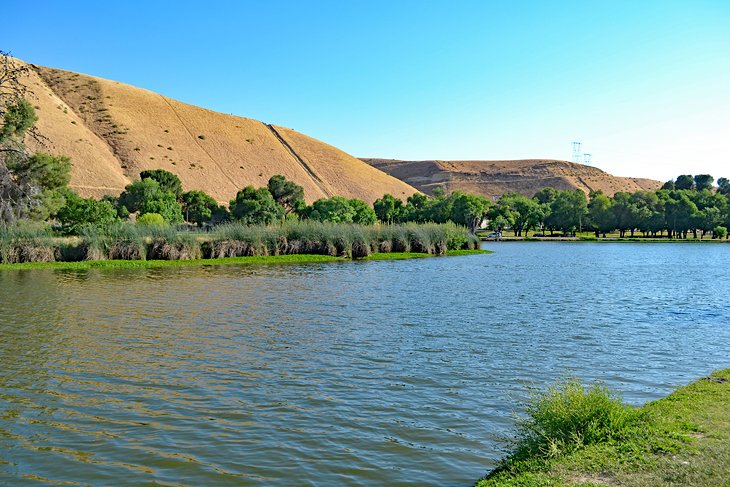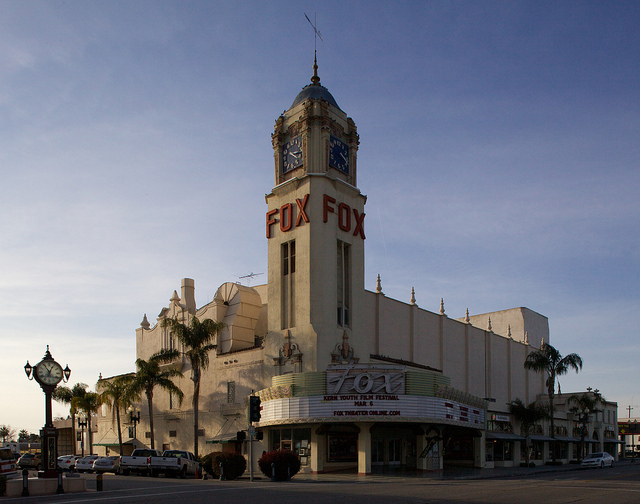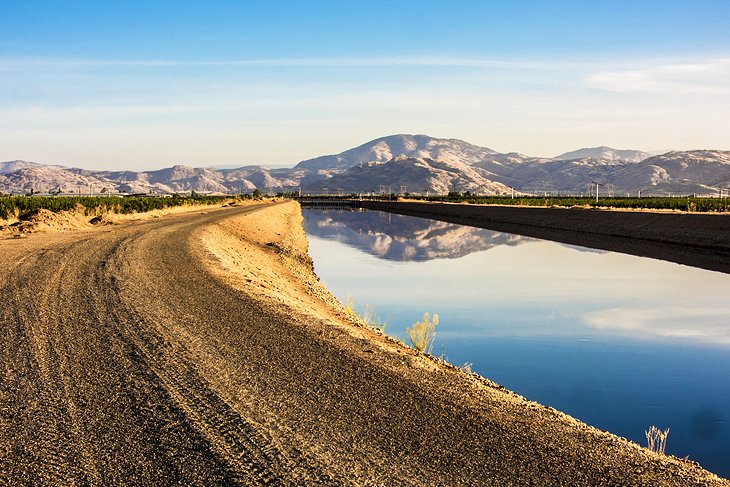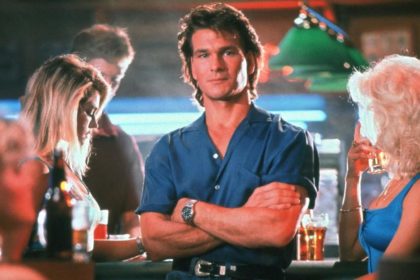Bakersfield is a city in Kern County, California, United States. Take a look below for 30 incredible and fun facts about Bakersfield, California, United States.
1. It is the county seat and largest city of Kern County.
2. The city covers about 151 sq mi (390 km2) near the southern end of the San Joaquin Valley and the Central Valley region.
3. Bakersfield’s population as of the 2020 census was 403,455, making it the 48th-most populous city in the United States of America and the 9th-most populous city in California.
4. The Bakersfield–Delano Metropolitan Statistical Area, which includes all of Kern County, had a 2020 census population of 909,235, making it the 62nd-largest metropolitan area in the United States.
5. The more built-up portion of the metro area that includes Bakersfield and areas immediately around the city, such as East Bakersfield, Oildale, and Rosedale, has a population of 523,994.
6. Bakersfield is a significant hub for both agriculture and energy production. Kern County is the most productive oil-producing county in California and the fourth-most productive agricultural county (by value) in the United States.
7. Industries in and around Bakersfield include natural gas and other energy extraction, mining, petroleum refining, distribution, food processing, and corporate regional offices.
8. The city is the birthplace of the country music genre known as the Bakersfield sound.
9. Archaeological evidence indicates the presence of Native American settlements dating back thousands of years.
10. Upon Spanish arrival, present-day Bakersfield was inhabited by the Yowlumne, a Yokuts people. Yowlumne accounts indicate that the village of Woilu was situated in the bounds of the present city.

11. The Yokuts of the region lived in lodges along the branches of the Kern River delta and hunted antelope, tule elk, deer, bear, fish, and game birds.
12. Given the remoteness and inaccessibility of the region, the Yokuts remained largely isolated from further contact until after the Mexican War of Independence, when Mexican settlers began to migrate to the area. Following the discovery of gold in California in 1848, settlers flooded into the San Joaquin Valley.
13. In 1851, gold was discovered along the Kern River in the southern Sierra Nevada, and in 1865, oil was discovered in the valley.
14. The Bakersfield area, once a tule reed-covered marshland, was first known as Kern Island to the handful of pioneers, who built log cabins there in 1860. The area was subject to periodic flooding from the Kern River, which occupied what is now the downtown area, and experienced outbreaks of malaria.
15. Bakersfield is the fifth-largest majority-Hispanic city in the United States, with 53% of its population being Hispanic in 2020.
16. In 1861, disastrous floods swept away the original settlement founded in 1860 by the German-born Christian Bohna.
17. Among those attracted to the area by the California gold rush was Thomas Baker, a lawyer and former colonel in the militia of Ohio, his home state.
18. Baker moved to the banks of the Kern River in 1863, at what became known as Baker’s Field, which became a stopover for travelers. By 1870, with a population of 600, what is now known as Bakersfield was becoming the principal town in Kern County.
19. In 1873, Bakersfield was officially incorporated as a city, and by 1874, it officially replaced the town of Havilah as the county seat. Alexander Mills was hired as the city marshal, a man one historian would describe as “… an old man by the time he became Marshal of Bakersfield, and he walked with a cane. But he was a Kentuckian, a handy man with a gun, and not lacking in initiative and resource when the mood moved him.”
20. Businessmen and others began to resent Mills, who was cantankerous and high-handed in his treatment of them.

21. Wanting to fire him but fearing reprisals, they came up with a scheme to disincorporate, effectively leaving him without an employer. According to local historian Gilbert Gia the city was also failing to collect the taxes it needed for services.
22. In 1876, the city voted to disincorporate. For the next 22 years, a citizen’s council managed the community.
23. By 1880, Bakersfield had a population of 801 with 250 of Chinese descent.
24. By 1890, it had a population of 2,626. Migration from Texas, Louisiana, Oklahoma, and Southern California brought new residents, who were mostly employed by the oil industry.
25. Between 1970 and 2010, Bakersfield grew 400% (from 70,000 to 347,483), making it one of the fastest-growing cities in California.
26. Bakersfield has a number of buildings and locations that have been designated as historic sites at the national, state, and city levels. Five buildings have been listed on the National Register of Historic Places (NRHP), including the First Baptist Church (NRHP 1/2/79); Baker Street Library (NRHP 4/1/81) and Bakersfield Californian Building (NRHP 3/10/83).
27. Many of Bakersfield’s oldest and most historic restaurants are Basque, including Wool Growers, Noriega’s, Pyrenees, Benji’s, and Narducci’s.
28. Bakersfield hosts horse shows all year round, including local, 4-H and breed shows.
29. Every spring, Bakersfield hosts one of California’s Scottish Games and Clan Gatherings. In the late summer, St. George’s Greek Orthodox Church hosts an annual Greek Festival.
30. Every year during the summer, Bakersfield hosts the Lowrider National at the Kern County Fairgrounds.




